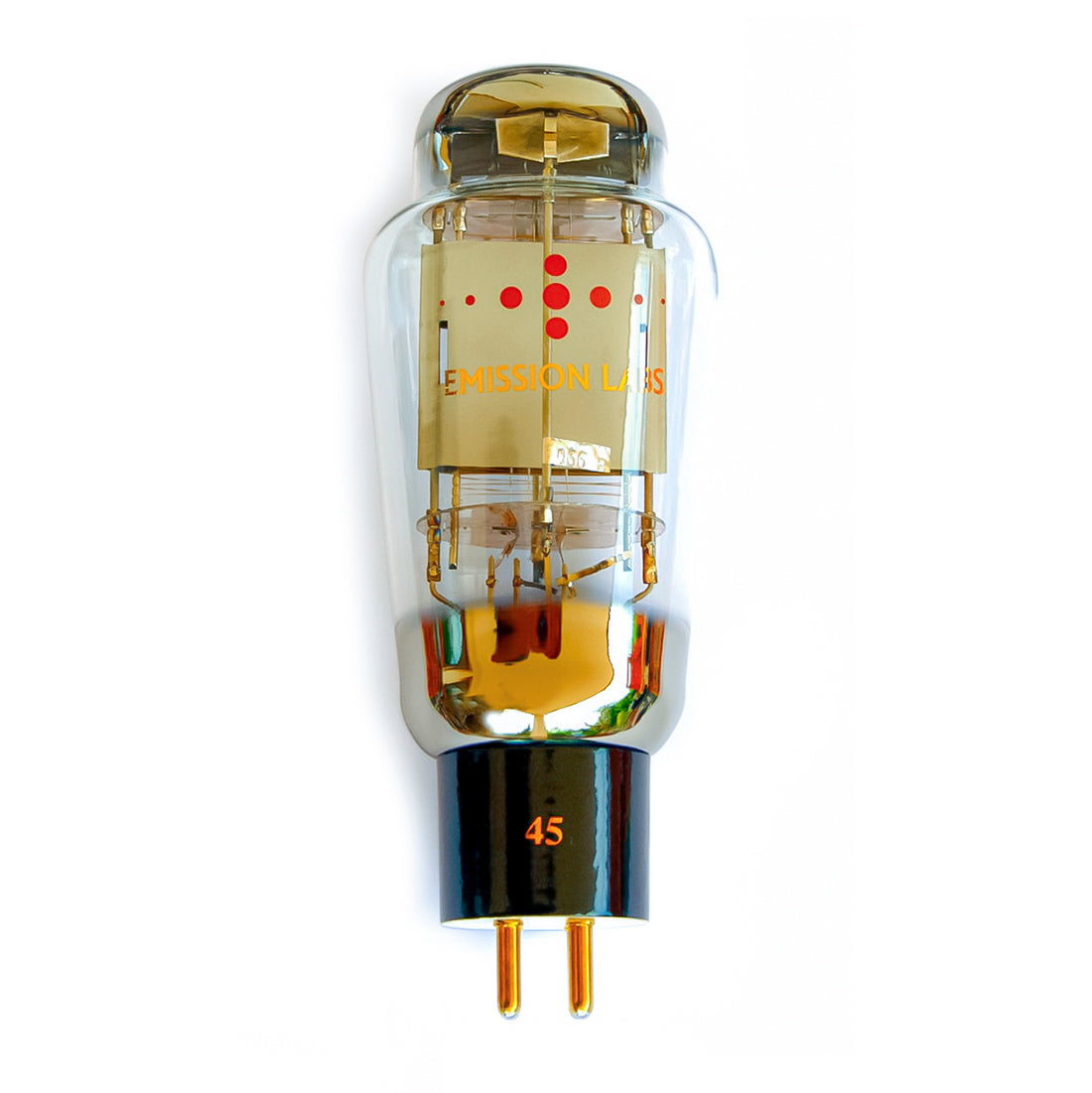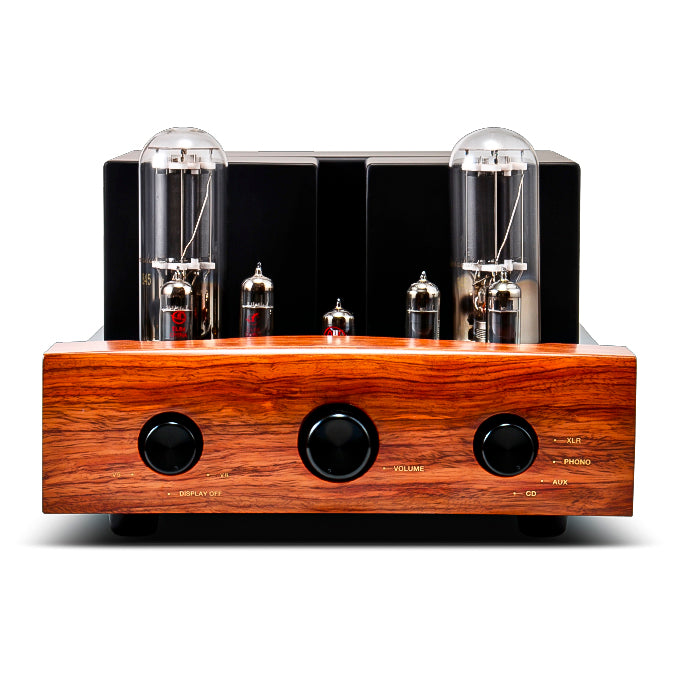In a typical speaker, sound is emitted from the center of the cone-type diaphragm. The emitted sound interferes with each other in the cone and generates air resonance, which can cause disturbances in frequency responses and turbidity and distortion, such as a time lag in the reproduced sound due to the mortar shape. On the other hand, in the case of a planar diaphragm, all frequency bands are emitted evenly from the entire area without delay, eliminating problems such as sound time lag and interference. I think that flat speakers were developed by each company because of their excellent characteristics, such as the ability to play more faithfully.

While planar diaphragms have advantages such as excellent phase characteristics, low loss of energy, and clear sound without distortion, it is difficult to secure the rigidity and durability required for the diaphragm, which makes the weight of the diaphragm heavier and the structure to solve the weight problem complicated.
Currently, some manufacturers manufacture and sell flat speakers that have evolved through their own research and development. We handle two manufacturers, FAL and Teragaki Lab. Although the structure, materials, and manufacturing methods are different, the basic idea of a planar diaphragm is almost the same.
Click here for the product page of FAL speakers.
https://www.exclusive-audio.jp/shop/products/list.php?category_id=16
Click here for the product page of Teragaki Lab's speakers.
https://www.exclusive-audio.jp/shop/products/list.php?category_id=35

FAL is Japan's leading manufacturer specializing in flat speakers, which has been researching and developing full-surface planar diaphragms with excellent phase characteristics for more than 40 years. In order to obtain sufficient power for the full-surface drive planar diaphragm, N48 is used, which is even stronger than the most powerful neodymium magnet among permanent magnets. The DuPont voice coil bobbin is hand-wound with double layers of silver wire on the outside and inside. The diaphragm is made of lightweight and highly rigid Styrofoam (as strong as concrete!). Papyrus made from reeds is stretched on the surface, and the front and back edges are sandwiched between the edges of artificial leather to form a double edge. In order to maximize its responsiveness and driving power, the frame is a die-cast aluminum frame with a lightweight and strong structure. FAL uses its own method to solve problems that were once said to be the weakness of planar diaphragms.

The above structure achieves both linearity, high efficiency, and high input resistance. The square unit shape is better directional than the round.
The sound radiation angle of a typical cone-type speaker is about 60°, but the FAL flat driver is 120° or more. As a result, the sound field representation is wider and the stereo area is vast. Another major feature is that stereo localization is difficult to bias even when the position is off-center from the center of the left and right speakers. Since the entire diaphragm is used for reproduction, it is possible to reproduce sufficient bass even in a small size. Even a 148×128×55mm FLAT-C60 is comparable to a woofer of about 30~40cm. The spatial expression with accurate phase characteristics and excellent sense of localization reproduces the texture and depth of each instrument and vocal performance in an orchestral performance with a sense of realism, so it is very popular with classical music and jazz lovers. In addition, it is highly efficient, so it is recommended to use a single tube amplifier with a small output because it responds energetically.
We are talking about a speaker that uses a planar diaphragm. Around the 80s, there was quite a lineup from major manufacturers such as Sony.
In a typical speaker, sound is emitted from the center of the cone-type diaphragm. The emitted sound interferes with each other in the cone and generates air resonance, which can cause disturbances in frequency responses and turbidity and distortion, such as a time lag in the reproduced sound due to the mortar shape. On the other hand, in the case of a planar diaphragm, all frequency bands are emitted evenly from the entire area without delay, eliminating problems such as sound time lag and interference. I think that flat speakers were developed by each company because of their excellent characteristics, such as the ability to play more faithfully.

While planar diaphragms have advantages such as excellent phase characteristics, low loss of energy, and clear sound without distortion, it is difficult to secure the rigidity and durability required for the diaphragm, which makes the weight of the diaphragm heavier and the structure to solve the weight problem complicated.
Currently, some manufacturers manufacture and sell flat speakers that have evolved through their own research and development. We handle two manufacturers, FAL and Teragaki Lab. Although the structure, materials, and manufacturing methods are different, the basic idea of a planar diaphragm is almost the same.
Click here for the product page of FAL speakers.
https://www.exclusive-audio.jp/shop/products/list.php?category_id=16
Click here for the product page of Teragaki Lab's speakers.
https://www.exclusive-audio.jp/shop/products/list.php?category_id=35

FAL is Japan's leading manufacturer specializing in flat speakers, which has been researching and developing full-surface planar diaphragms with excellent phase characteristics for more than 40 years. In order to obtain sufficient power for the full-surface drive planar diaphragm, N48 is used, which is even stronger than the most powerful neodymium magnet among permanent magnets. The DuPont voice coil bobbin is hand-wound with double layers of silver wire on the outside and inside. The diaphragm is made of lightweight and highly rigid Styrofoam (as strong as concrete!). Papyrus made from reeds is stretched on the surface, and the front and back edges are sandwiched between the edges of artificial leather to form a double edge. In order to maximize its responsiveness and driving power, the frame is a die-cast aluminum frame with a lightweight and strong structure. FAL uses its own method to solve problems that were once said to be the weakness of planar diaphragms.

The above structure achieves both linearity, high efficiency, and high input resistance. The square unit shape is better directional than the round.
The sound radiation angle of a typical cone-type speaker is about 60°, but the FAL flat driver is 120° or more. As a result, the sound field representation is wider and the stereo area is vast. Another major feature is that stereo localization is difficult to bias even when the position is off-center from the center of the left and right speakers. Since the entire diaphragm is used for reproduction, it is possible to reproduce sufficient bass even in a small size. Even a 148×128×55mm FLAT-C60 is comparable to a woofer of about 30~40cm. The spatial expression with accurate phase characteristics and excellent sense of localization reproduces the texture and depth of each instrument and vocal performance in an orchestral performance with a sense of realism, so it is very popular with classical music and jazz lovers. In addition, it is highly efficient, so it is recommended to use a single tube amplifier with a small output because it responds energetically.

























